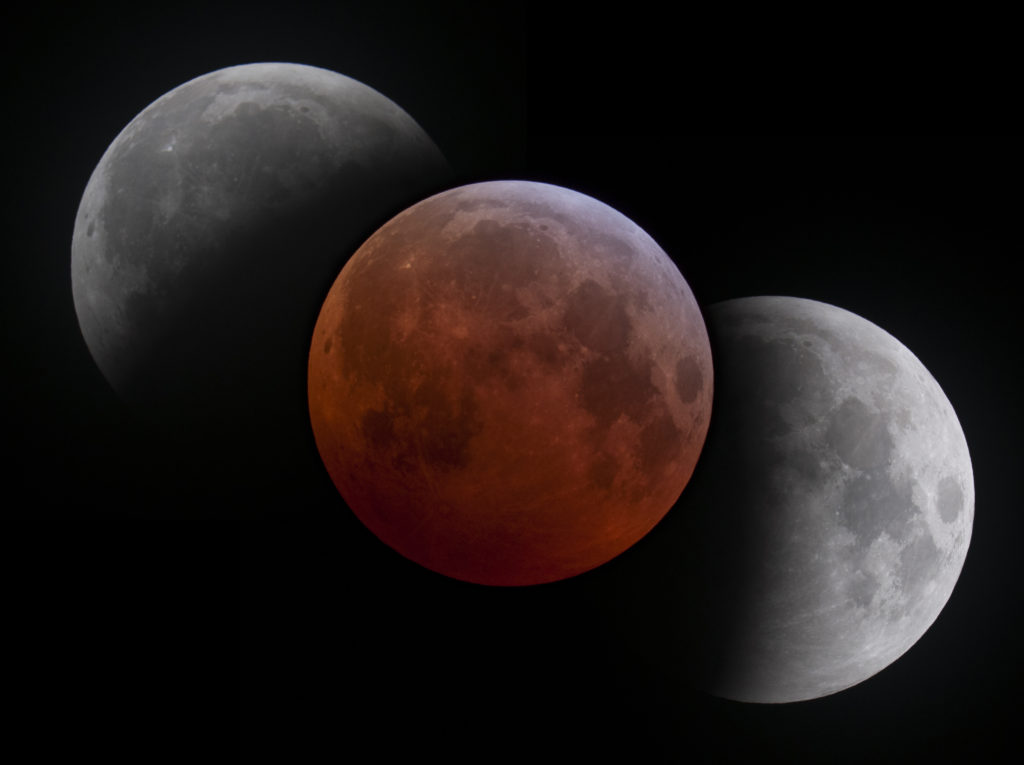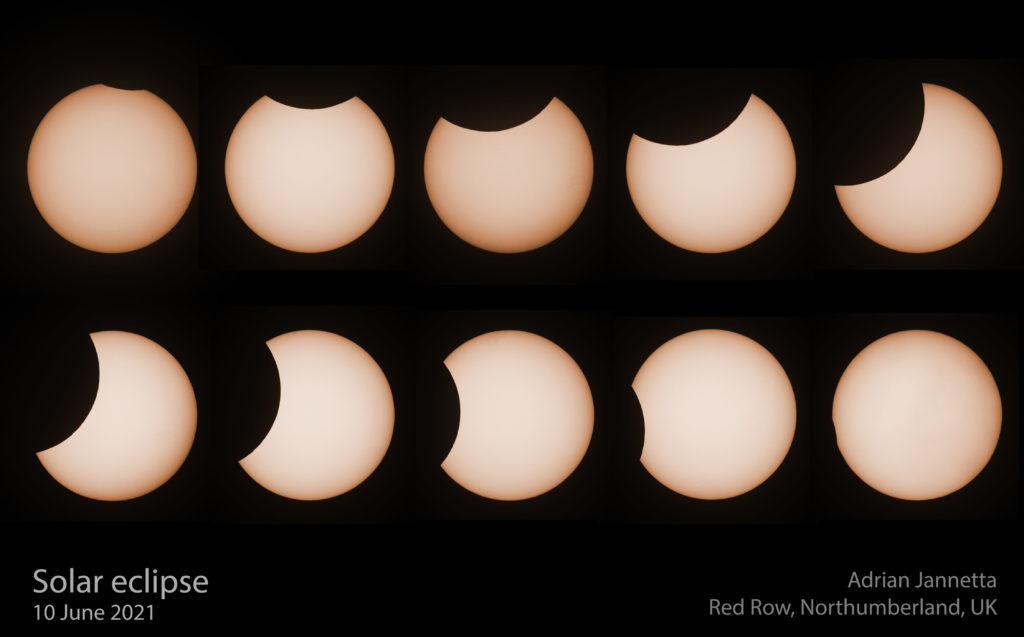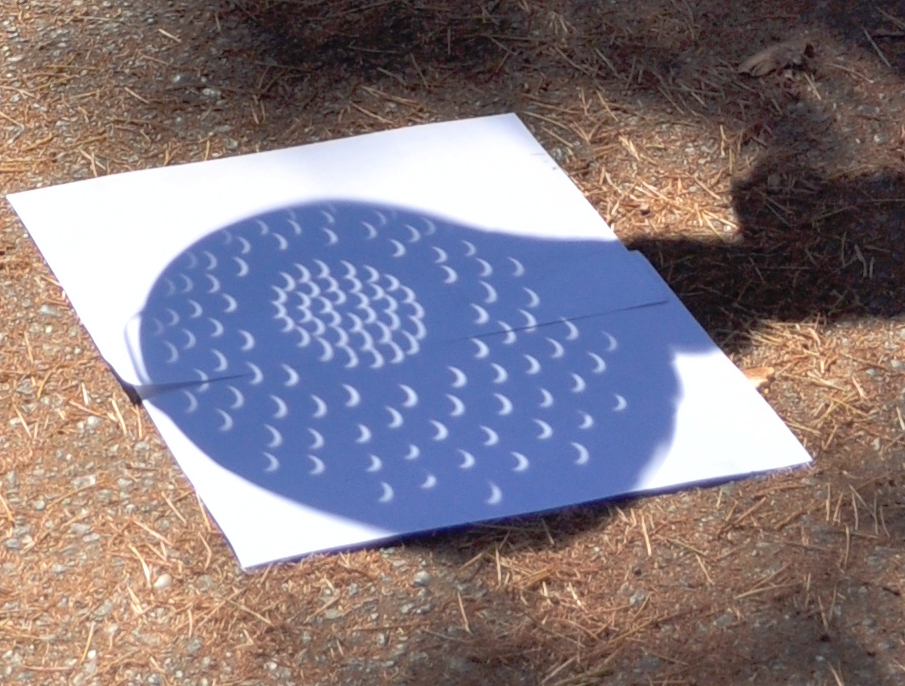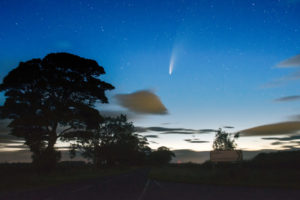March will be an exciting month for skywatchers in the UK, as two eclipses—one lunar and one solar—take place within weeks of each other. These celestial events offer a fantastic opportunity to witness the movements of the Sun, Moon, and Earth in action. Here’s what you need to know about these upcoming eclipses.
Total lunar eclipse (14-March)

The first eclipse in March is a total lunar eclipse.

Lunar eclipses happen at full moon when the moon passes through the Earth’s shadow. They can last for several hours and are visible from an entire hemisphere of the Earth – wherever the moon is above the horizon.
Direct sunlight to the moon is gradually cut off during the eclipse but some sunlight passes around the edge of the Earth and is refracted (bent) through the Earth’s atmosphere and illuminates the moon, even in the middle of the eclipse. Blue light is scattered more easily out of the sunlight as it passes through our atmosphere (that’s why the sky is blue). The orange and red components of sunlight – effectively the sum of all the sunrises and sunsets happenning around the world during the eclipse – a refracted onto the moon!

Some light is scattered by the ozone layer of our planet and can lend a surprising turquouise tint the moon just after the beginning and before the end of totality. An astronaut standing on the moon during a total lunar eclipse would see a brilliant orange ring of fire surrounding the Earth in the dark lunar sky, with the landscape around them bathed in soft copper light.
The best place to be to see this eclipse will be somewhere in the Americas. The viewing experience will be a little more limited from the UK, but Northumberland is probably one of the best places to be!
Here’s an animation I made using Stellarium. It shows the lunar eclipse as seen from Northumberland in the hours before sunrise on March 14th.
At around 4am on the morning of Friday 14th March the full moon will begin to pass into the diffuse outer part of the Earth’s shadow. This is the lightest part of our planet’s shadow – the penumbra – so it won’t immediately be obvious that an eclipse is happenning! By 4.45am it should be obvious that the left edge of the moon is growing darker. The moon enters the dark, umbral shadow at 5.08am and a more obvious transformation begins.
With the moon dipping towards the western horizon, the moon will no longer look full and the growing shadow will cause the moon to gradually disappear. Viewing with binoculars or telescopes – the shadowed part of the moon will remain visible and some hints of a reddish/copper colour are likely to be seen by 6am. At the same time, the eastern sky will be getting brighter as daybreak approaches.
At 6.25am, just as the moon is beginning to set in the west, it will become totally eclipsed. It’s difficult to say whether the totally eclipsed moon will be visible at all just before sunrise. Many parts of the UK will not see the totally eclipsed moon. Parts of Northumberland with a clear view of the horizon (and no hills in the way) have a chance to see a rare, totally eclipsed moonset.
Partial solar eclipse (29-March)

Two weeks after the lunar eclipse, on the morning of Saturday 29-March everyone in the UK will have the chance to see a partial solar eclipse.

Solar eclipses happen when the moon passes between the Earth and Sun. The rarest and most dramatic kind are total solar eclipses. This month the Sun-Moon-Earth alignment isn’t exact. No one on Earth will see a total solar eclipse but a partial eclipse the Sun will be visible from many regions across the northern hemisphere.
Viewed from Northumberland the moon will begin to cover the Sun from around 10.09am.
Maximum eclipse occurs at 11.07am at which point the moon has covered 39% of the solar disk. The eclipse ends at 12.06pm.
Solar eclipses must be observed with eye protection! Staring at the Sun can result in permanent eyesight damage.
Eclipse glasses are available from many reputable retailers online (look for the UK kitemark if you decide to buy any) but safe, low-tech methods work too!
For example, sunlight shining through a pinhole in a sheet of paper will allow you to track the progress of the eclipse. Or grab a colander from the kitchen….sunlight shining through the holes will show numerous pinhole projections of the eclipse too!

External links
Lunar eclipse: https://www.timeanddate.com/eclipse/lunar/2025-march-14
Solar eclipse: https://www.timeanddate.com/eclipse/solar/2025-march-29
Wishing you clear skies!
Dr Adrian Jannetta FRAS




